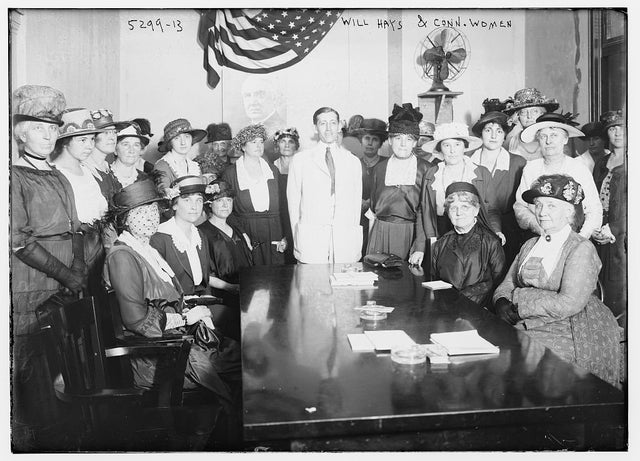Back in the day, when I moved from Directives to the program side, roughly 1978, there were three broad classification groupings: clerical, technical, professional, with the "program specialists" being in the last group. In the division of maybe 50 people, IIRC we had two women professionals, both of whom worked in the branch which did policy analysis and statistics. The old allotment programs for wheat, feed grains, and cotton had been suspended in recent years, although they were still on the books. Developing the allotments and quotas had been the original raison d'etre for the branch, meaning they were heavily into statistics and this, if I understood correctly, was the way the women had climbed the ladder to the professional tier.
As the years passed, one woman retired and one died of cancer so it was 1983 or 4 before I remember new female professionals joining the division. As time passed there was more and more difficulty in recruiting county executive directors to come to DC because of the growing difference in livestyle/cost of living between a rural county and a DC suburb. So recruitment turned to the clerks in county offices, then called "program assistants" and now "program technicians". CED's had been predominantly male, PA's were predominantly female. So when FSA was hiring in the mid-80s in connection with installation of IBM System/36's most of the new hires were women.
By the late 80's we had the first woman branch chief: Sandra Nelson Penn, By the time I retired Diane Sharpe was my division director.
Congratulations
